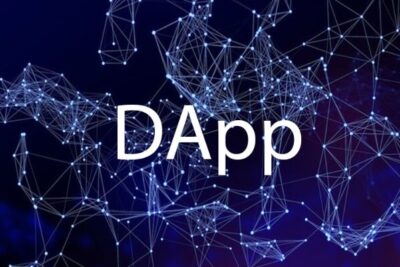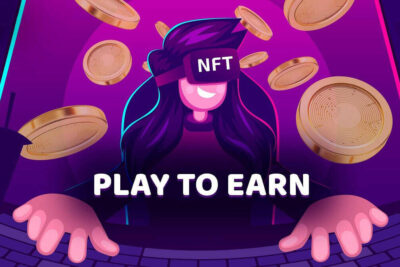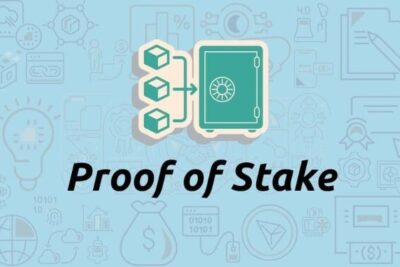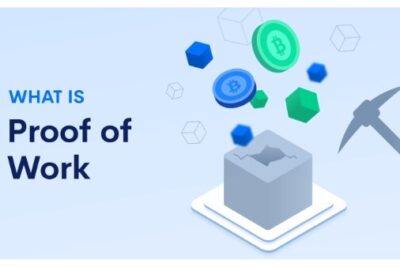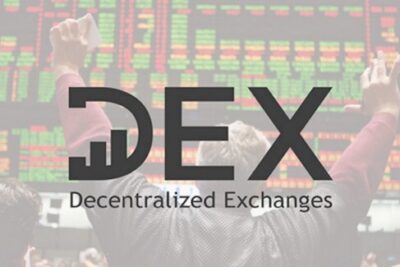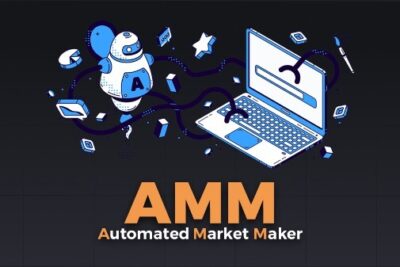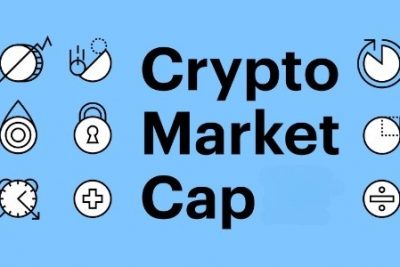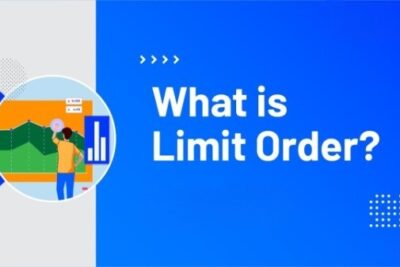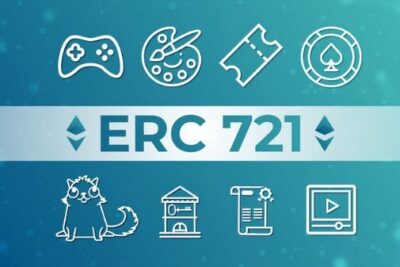

What Is A DApp – The Gateway To Interact Decentralized
22 March 2022
The utility of DApps may still be the potential fertile land to explore when more and more DApps are created. DApps become an indispensable part of decentralized, but what are DApps?
Blockchains and peer-to-peer networks may be used to create decentralized apps (DApps), which are digital applications or programs that are not owned or controlled by anyone’s computer. DApps operate independently of any central authority. Ethereum-based DApps may be used for a wide range of activities, from games to banking to social media. In this post, bePAY will clarify what is a DApp as well as other in-depth information about DApp.
What Is A DApp?
Like any other digital software, but with the added benefit of using blockchain technology to protect user data, a decentralized application (or DApp) may be accessed on smartphones and laptops. DApps are decentralized apps in the same way that cryptocurrency is decentralized money.
A vast number of “nodes,” computers that participate in the blockchain, keep copies of the growing stack of data at the same time. Users own these machines, not the DApp developers. Here’s a step-by-step guide to understanding how blockchain technology works.
Traditional applications can’t compete with the variety of DApps: Social networks, gaming, entertainment, and productivity tools are just some of the services they may provide. Many of these products are intended to assist customers in gaining access to decentralized financial services (also known as DeFi). The Ethereum network white paper categorizes DApps as “financial,” “semi-financial,” and “other” based on this latter purpose.
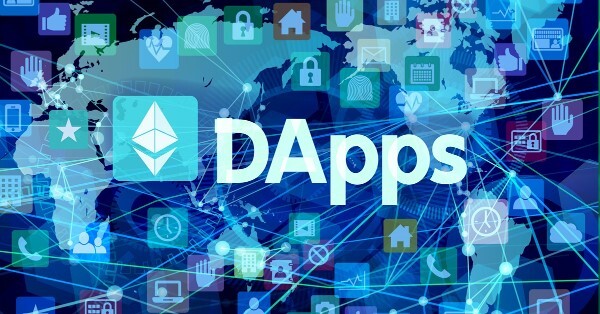
What is a DApp?
For the time being, Ethereum has been the most popular platform for running DApps. It was one of the network’s founding principles to make the creation of decentralized applications (DApps) as simple as possible.
Users of DApps may have a greater sense of security knowing that the application’s authors cannot control how it is used, at least not in the traditional manner. The developers of a social network DApp can’t erase a post or ban a user. Because DApps operate independently once released, they cannot sell user data to other parties.
How Do DApps Work?
DApps employ the same front-end code as traditional applications to produce a web page. The back-end code for a DApp is different since it operates on a decentralized P2P network. Because of this, DApps aren’t subject to the whims of a single authority.
A DApp is backed by a smart contract that is kept on a blockchain, while a typical application relies on centralized servers and databases. Smart contracts are most often implemented on the Ethereum blockchain, which is the most widely used blockchain.
The rules of the code are enforced via smart contracts, which also mediate transactions. Because a smart contract only contains the backend and is frequently just a tiny portion of the whole DApp, it is necessary to combine numerous smart contracts and use third-party systems for the frontend to create a decentralized app on a smart contract system.

How do DApps work?
>> Exploring peer-to-peer network, maximize your opportunity with P2P trading
A smart contract works on a blockchain, which is a distributed database of data records that are saved in blocks rather than in a single place. Rather than being centralized, the data is still disseminated among several sites. To ensure the integrity of the data, cryptographic validation is used to connect and govern each block.
Several DApps don’t operate on browsers like Chrome. Some applications may only function on websites that have been specifically coded to open them.
DAOs, or decentralized autonomous organizations, may be seen as a kind of DApp. With the use of smart contracts, they want to perform the functions of a typical company without the need for corporate leaders or hierarchies. They make all of their decisions based on a weighted voting mechanism, in which members with the most tokens have a stronger say in policymaking. People who have invested more money in a DAO are assumed to be more honest in their dealings with the organization as a whole.
Decentralization is made possible by the following four important criteria:
- Opensource: The application’s source code must be made accessible to the general public for review. There should be a consensus-based decision-making process for any modifications to the protocol.
- Decentralized: Data must be stored and disseminated on a decentralized blockchain network, allowing any user on the network to access it.
- Incentive: Users on the network must be rewarded with tokens or digital assets for verifying blocks on the blockchain, much as with blockchain.
- Protocol: The application must operate on a protocol, and the community should agree on encryption algorithms to provide proof of value, such as Proof of Work (PoW)) or Proof of Stake (PoS).
Pros And Cons Of DApps
Pros Of DApps
The following advantages come from using decentralized applications:
- Acceptance of mistakes: If a single node in the network is still operational, a decentralized network may continue to function, although at a reduced level of performance. There is no central network, hence it is unlikely that a hacker would be able to take down a DApp by attacking enough nodes.
- Data integrity: Information cannot be changed because consensus algorithms guarantee that data in the blockchain is immutable.
- Flexible Platform: A wide range of decentralized applications (DApps) may be built quickly on the Ethereum blockchain, thanks to its scalability and adaptability.
- Privacy: No personal information is required by DApps to enjoy any app-specific features.

Decentralized applications pros and cons
Cons Of DApps
There are however some drawbacks to decentralized apps, such as:
- Maintenance: Maintaining, debugging, and updating DApps is a challenge since any updates in the blockchain-based network need the agreement of all peers.
- Scalability: It is more difficult to grow decentralized networks than it is to grow centralized networks.
- Network Congestion: If a DApp consumes too many resources, it will cause the whole network to be slowed down and eventually fail.
- User experience: The experience that a person has when using a product or It may be more challenging for developers to build a user-friendly experience for customers since DApps do not work in the same way as centralized applications. Instead of a username and password, users must log in using a public and private key.
What Are DApp Examples?
The purpose of DApps is to help people easy to interact with transactions directly with one another, rather than depending on a central authority. Many new decentralized applications are being developed every day. The decentralized app business, on the other hand, is still in its infancy. We can only speculate about which industries may be influenced by DApps at this time:
- Banking
- Real estate
- Elections and voting
- Energy
- Internet of things
- Identity verification
- Social media
- Gambling
- And many more.

DApp examples
What Are DApp Examples?
Here are some Ethereum-based DApp examples:
Golem
Anybody around the globe may use Golem, an open-source, decentralized supercomputer system. Golem’s strength is derived from the combined power of all the computers that run it. Because of the network’s enormous processing capability, users may rent out their computing power to other users, creating a worldwide market for computing power.
Melonport
Melonport is indeed a digital asset management (DAM) app. Digital asset management plans may be established or invested in openly and competitively using the application’s technology. Asset management may now take on a whole new level of transparency and accountability thanks to the application’s auditable and transparent history.
Augur
The purpose of DApps Augur is to produce a forecasting tool that will help traders make more money. Prediction markets and a decentralized network would be used to achieve this goal.
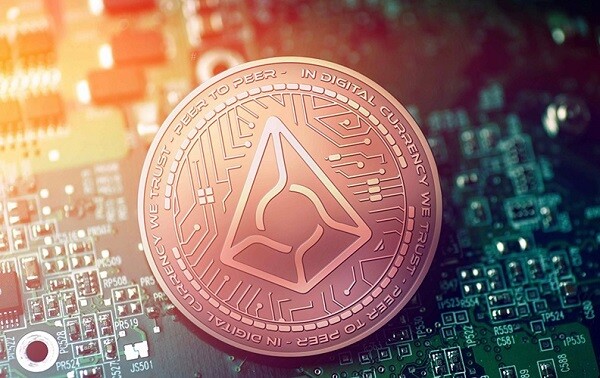
DApps Augur
EtherTweet
There are parallels between EtherTweet and Twitter’s decentralized blogging platform in that they are both decentralized. The material you upload to EtherTweet cannot be removed since it is a DApp. As a result, it serves as a permanent, unaltered record of the material that has been published via blockchain technology.
Ads do play a role in the solution to the question of how decentralized app development earns money using the blockchain business and monetization strategy. Consequently, you should consider including it in your DApp monetization plans.
How Does DApp Make Money?
How does DApp make money? Has numerous paths, let us look at the most popular ones:
Crowdsale & Token IPO
The most common DApp business and income plan are to crowdfund a project using a token. If you want to use this path, bear in mind the following:
- Your decentralized app’s essential features
- Give network access
- Payouts to token holders
Fees
Another strategy that is mentioned in practically every handbook on DApp monetization is transaction fees. Charging consumers for your service is one of the most lucrative methods to generate money with DApps. But you must know what % of transaction fees to set. Your smart contract will be copied and offered with low to nil transaction costs if you allocate a large amount.
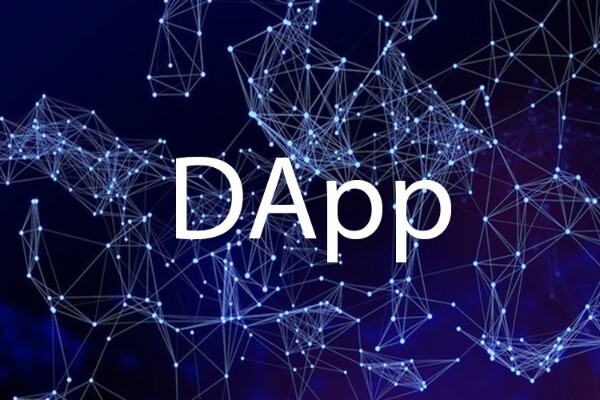
How does DApp make money?
Prime-user
Like non-decentralized gaming applications, you may monetize your DApp to address investors’ questions about how to earn money with DApps. If your app is a gaming app, you may add the model and allow users to purchase premium features with digital money instead of working on levels.
Subscribe
You may simply add a membership or subscription element to the contract to guarantee that only subscribers or premium members use the feature. This subscription may be for:
- Usage-based — Users can only call function X times.
- Time-based — Users may invoke a function till X time passes.
Advertise
Decentralized app development may earn money via adverts, which are very new/rare in the blockchain business and monetization world. So, add it to your DApp monetization strategy list.
Donations
A donation button may be added to your app or website to encourage social entrepreneurs to give to your DApp initiative.
Make Digital Goods
CryptoKitties is a popular example of how Ethereum applications generate money using this monetization approach. CryptoKitties created generation 0 cats for platform users to gather. They were able to entice consumers to invest in the digital product by making the kittens useful, distinctive, and trendy.
Some FAQs About DApps
What Are The Best DApps?
DApps are decentralized blockchain applications. They may include transactions, games, markets, and social media. DApps may be deployed on Ethereum, Polygon, Solana, Avalanche, and more platforms. To evaluate what are the best DApps? User’s activity by its DApp from low to high user activity is taken into consideration.

What are the best DApps?
How Do You Create A DApp?
There are needs to be explained in the full-length article to solve how do you create a DApp? But below are something that you can take into consideration when thinking about how do you create a DApp?
- Build a smart contract
- Build front ends
- Create a centralized back end
- Test rigorously
- Deploy and maintain
What Is The Distinct Between Centralized And Decentralized Apps?
Twitter, Facebook, Instagram, and Netflix are all instances of centralized applications. A centralized app is used by banks and other financial organizations to provide their consumers with online access to their financial information.
An example of a decentralized program is the social network Peepeth, an alternative to Twitter. Users may purchase and trade virtual kittens in Cryptokitties, a DApp game that uses blockchain technology. Users may create a collateralized debt position with MakerDAO, a decentralized credit facility that supports Dai (CDP).
Final Thoughts
Although Bitcoin may be regarded as the original decentralized application (DApp), Ethereum has subsequently emerged as the driving force behind the DApp ecosystem. Smart contracts, network effects, and a big user base all contribute to this.
When it comes to decentralized finance (DeFi), DApps provide a vital on-ramp for new audiences by providing user interfaces that mimic regular web apps while using the novel features of the blockchain. As a result, decentralized applications (DApps) are enhancing the internet’s usefulness in a variety of ways.
DApps are gaining popularity, and the trend has only just started, regardless of the underlying blockchain that is being used. Finance, gaming, online marketplaces, and social networking will very certainly all become decentralized applications (DApps) on the blockchain in the near future, given how quickly the technology is evolving.
Now you know what is a DApp, is and its handy utilities for decentralized finance. Hopefully, this article will help you discover other blockchain technology and cryptocurrency topics. Click here.

What Is ICOs? How Can Investors Take Profit From It?
22 March 2022